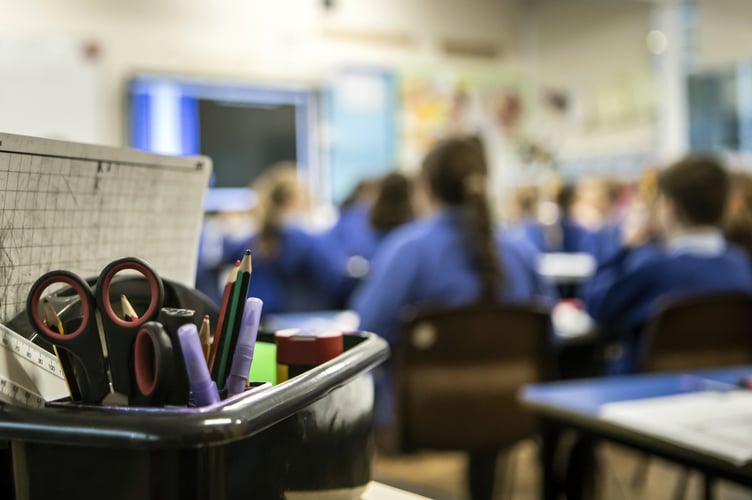More than two in five Cornwall pupils failed to meet the expected standard in writing, reading and maths in the past academic year, new figures show.
The Association of School and College Leaders said while progress has been made towards returning to pre-pandemic attainment levels, it has been made harder by insufficient government funding, high levels of child poverty and staff shortages.
Department for Education figures show 3,660 of 6,171 key stage two pupils (59%) in Cornwall met the expected standard for reading, writing and maths in 2023-24.
This was an increase from 58% the year before, but down from 61% in 2018-19, before the pandemic.
The figures also show 7% of pupils achieved a higher standard in the three compulsory SAT assessments all students take.
Across England, 61% of pupils in key stage two were up to the requirements, slightly up from 60% the previous year. However, attainment remained below pre-pandemic levels, when 65% met the standard.
Pepe Di’Iasio, general secretary of the ASCL, said: “We’re gradually making progress towards returning to pre-pandemic attainment in SATs thanks to a great deal of hard work by staff in our primary schools.
“But this has been made more difficult by lack of sufficient government investment in education recovery, high levels of child poverty, staff shortages and inadequacy of school funding.
He added: “Disadvantaged children and those with additional needs are the worst affected because they face the greatest challenges and need the most support.”
Nationally, 45% of disadvantaged pupils met the expected standard in reading, writing and maths in the past academic year – down from 51% in 2018-19. Meanwhile, 67% of other pupils made the grade, keeping the gap at 22 percentage points.
In Cornwall, 42% of disadvantaged pupils met the required standard – slightly down from 45% five years ago.
Paul Whiteman, general secretary at school leaders’ union NAHT, said the attainment gap between more and less disadvantaged pupils remains significant, and across the country there are stark differences between poorer, and wealthier areas.
“These disparities have been impacted by the pandemic, cost-of-living crisis, and a decade of cuts to school funding and community support,” he added.
Schools in London had the highest proportion of pupils meeting the standards at 67%, while the South West was at the bottom the list with 58%.
Mr Whiteman added: “When families are struggling with insecure housing, and facing impossible budgeting decisions around eating and heating, this inevitably affects children’s ability to attend school and focus and thrive in class.
“This isn’t just an issue for education, and while welcome, the Government’s promise to tackle child poverty and regional inequalities must deliver tangible results, and more must also be done to ensure social care and mental health services are equipped to support children and families facing challenges.”
School standards minister Catherine McKinnell said inequality was still negatively influencing young people’s outcomes, and the Government was “committed to breaking down the barriers to opportunity”.
It is also planning a “curriculum review”, which it hopes will drive up standards.
She added: "We will introduce free breakfast clubs and increased mental health support to give every young person, whatever their background, the best possible start in life.”




